The most captivating urban landscapes often feature dramatic juxtapositions between ultramodern architecture and ancient historical sites. These cities preserve their archaeological treasures while simultaneously embracing cutting-edge design, creating visual time capsules where multiple centuries occupy the same space.
The contrast between gleaming glass towers and weathered stone monuments offers visitors a tangible connection to human innovation across millennia. Here is a list of 15 remarkable cities where ancient civilization and contemporary architecture exist in fascinating proximity.
Istanbul, Turkey
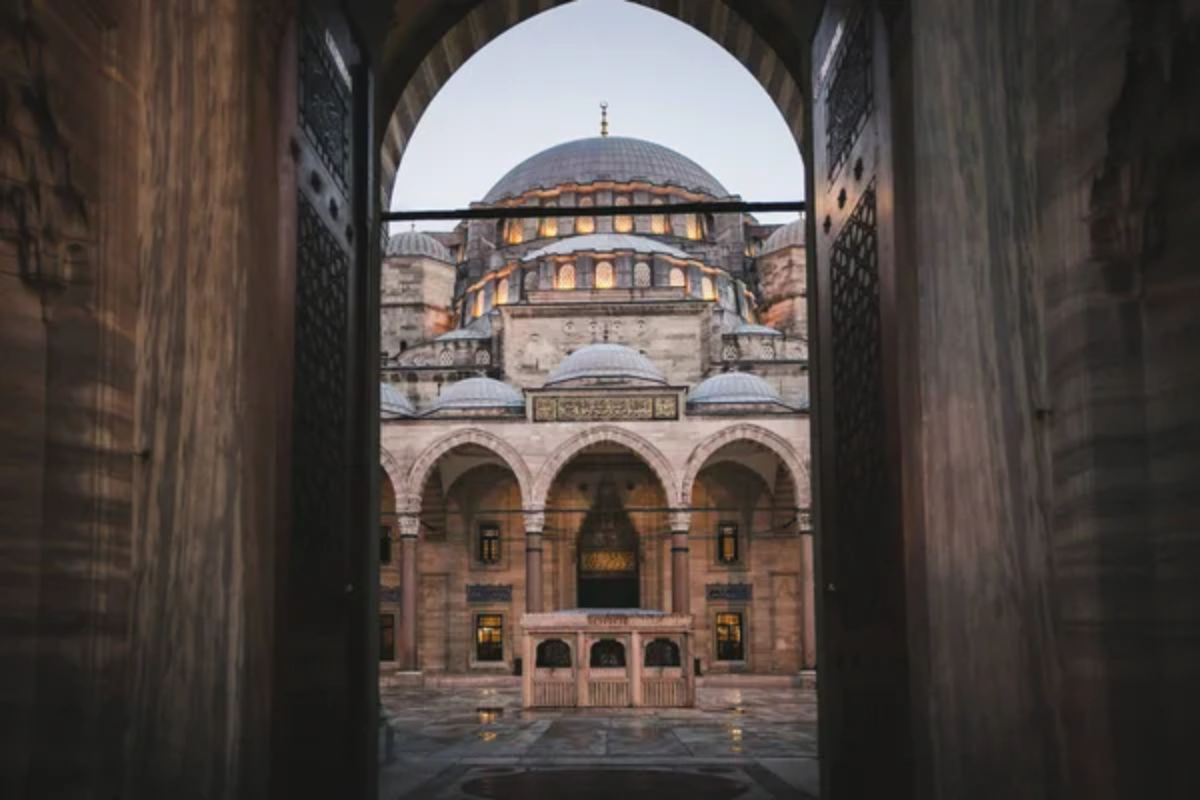
Perhaps no city better exemplifies the fusion of eras than Istanbul, where Byzantine churches and Ottoman mosques stand alongside sleek modern towers. The 1,500-year-old Hagia Sophia casts its shadow near contemporary skyscrapers in the Levent financial district.
The ancient city walls built by Emperor Theodosius II in the 5th century now frame highways carrying modern traffic. Istanbul’s dramatic topography enhances these contrasts, with hills and waterfronts creating countless vantage points where ancient domes and minarets frame views of contemporary architecture.
Mexico City, Mexico
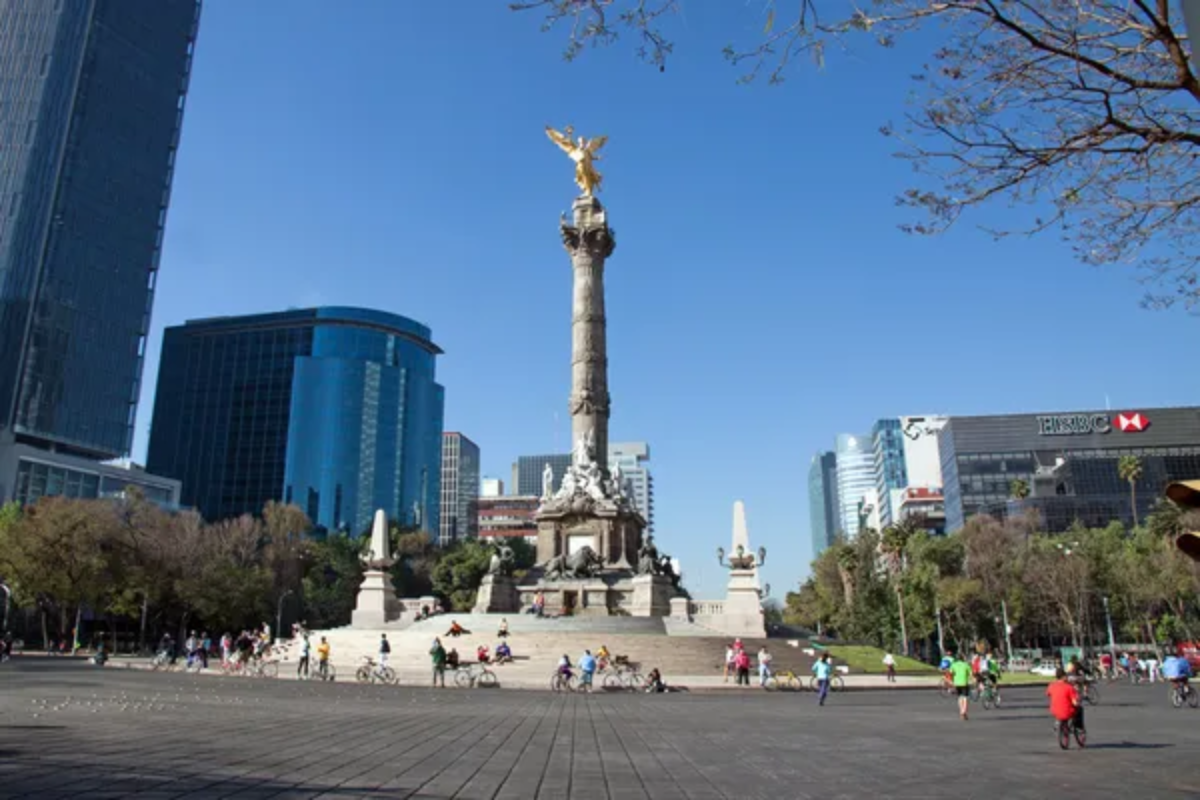
The sprawling Mexican capital surrounds Templo Mayor, an Aztec temple complex situated directly beside the colonial-era Metropolitan Cathedral and modern government buildings. Ancient canals and floating gardens at Xochimilco continue functioning within this megacity of ultramodern shopping centers and residential towers.
The juxtaposition feels most striking in the central Zócalo plaza, where office workers in business attire walk past ongoing archaeological excavations revealing ever-deeper layers of pre-Columbian civilization. Recent subway expansions regularly uncover additional ruins, requiring creative engineering solutions to preserve history while developing modern infrastructure.
Like Travel Pug’s content? Follow us on MSN.
Shanghai, China
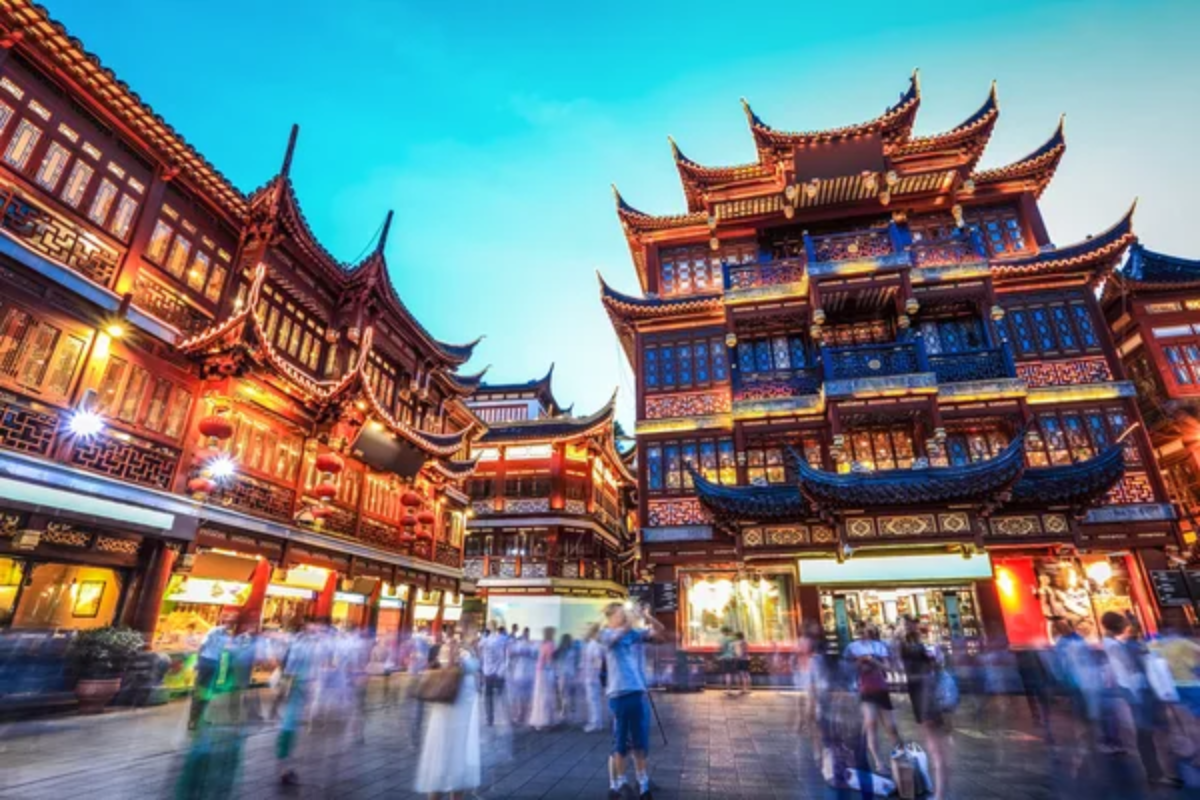
Along the Bund waterfront, Shanghai’s colonial European buildings face the futuristic skyscrapers of Pudong across the Huangpu River—yet tucked among these contrasting architectural statements lie ancient temples and traditional lane houses. The 400-year-old Yu Garden sits surrounded by the dense urban landscape of a thoroughly modern megalopolis.
Traditional teahouses operate in the shadow of the Shanghai Tower, one of the world’s tallest buildings. The city embraces this temporal collision rather than hiding it, integrating ancient elements into new developments instead of segregating them as mere tourist attractions.
Athens, Greece
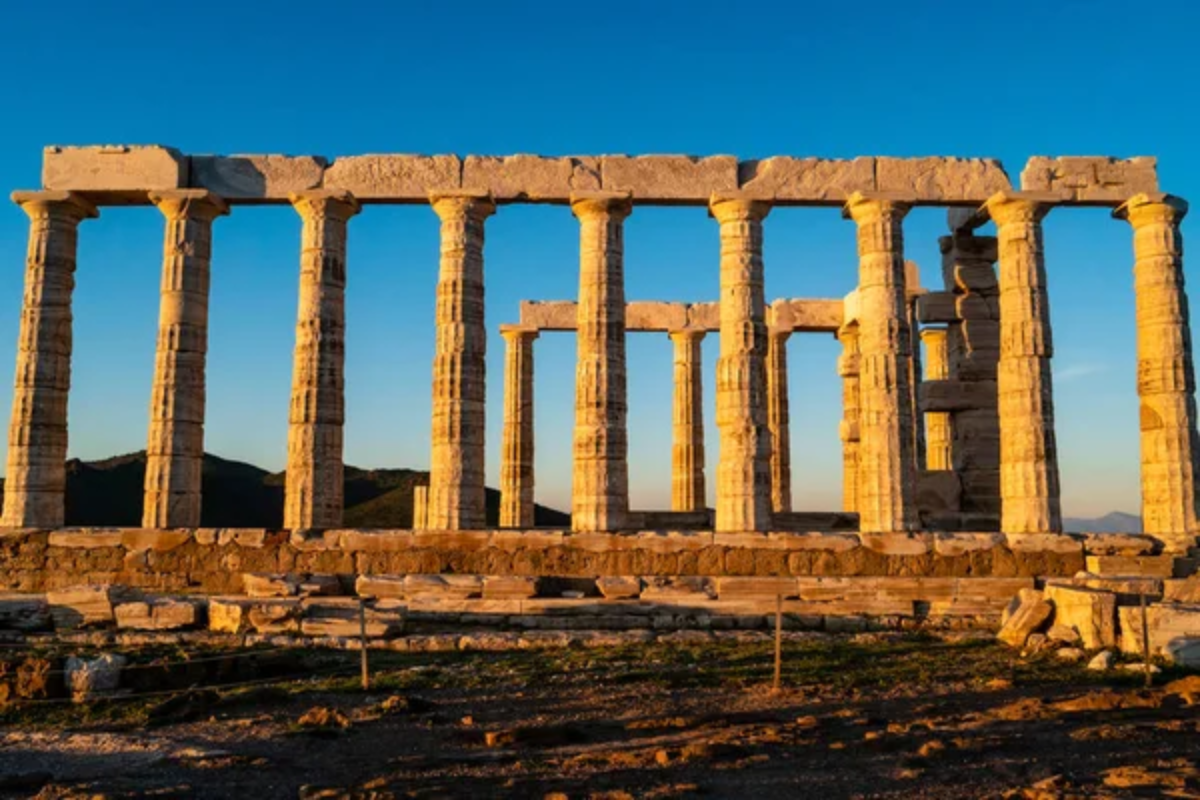
The 2,500-year-old Acropolis stands as an ancient island amid a sea of modern concrete buildings extending to the horizon. From almost anywhere in central Athens, the Parthenon remains visible above the contemporary cityscape, creating endless visual dialogues between ancient and modern Greek identity.
The city’s newer metro stations double as archaeology museums, displaying artifacts discovered during their construction behind glass walls. Recent architectural projects like the New Acropolis Museum deliberately incorporate views of ancient sites into their design, framing history through contemporary perspectives.
Beirut, Lebanon

War-ravaged and repeatedly rebuilt, Beirut layers of Phoenician, Roman, Ottoman, French colonial, and ultramodern architecture in remarkable proximity. The downtown area features Roman baths adjacent to post-civil war skyscrapers and luxury developments.
Archaeological sites uncovered during reconstruction efforts have been incorporated into new buildings rather than relocated, creating hybrid spaces where ancient trading posts exist within contemporary shopping districts. The National Museum displays artifacts discovered during the city’s endless cycles of destruction and rebuilding—physical evidence of Beirut’s resilience across millennia.
Like Travel Pug’s content? Follow us on MSN.
London, England
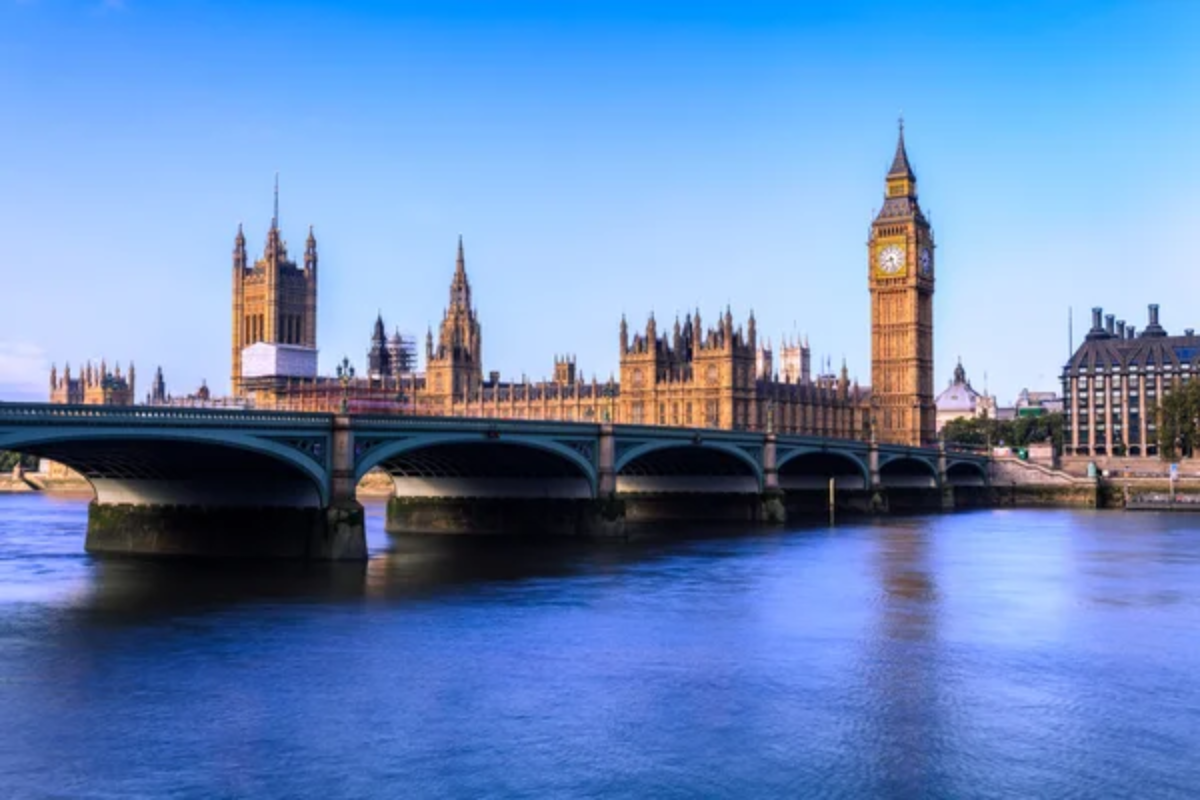
Medieval churches and Roman walls share city blocks with iconic contemporary structures like The Shard and The Gherkin. The Tower of London stands defiantly amid the modern financial district, while 17th-century St. Paul’s Cathedral maintains protected sight lines through forests of glass-clad office towers.
Excavations for Crossrail stations revealed Roman amphitheaters and plague burial grounds beneath busy modern thoroughfares. The Museum of London now displays these archaeological treasures just steps from where they were discovered, creating direct connections between modern Londoners and their ancient predecessors.
Sofia, Bulgaria
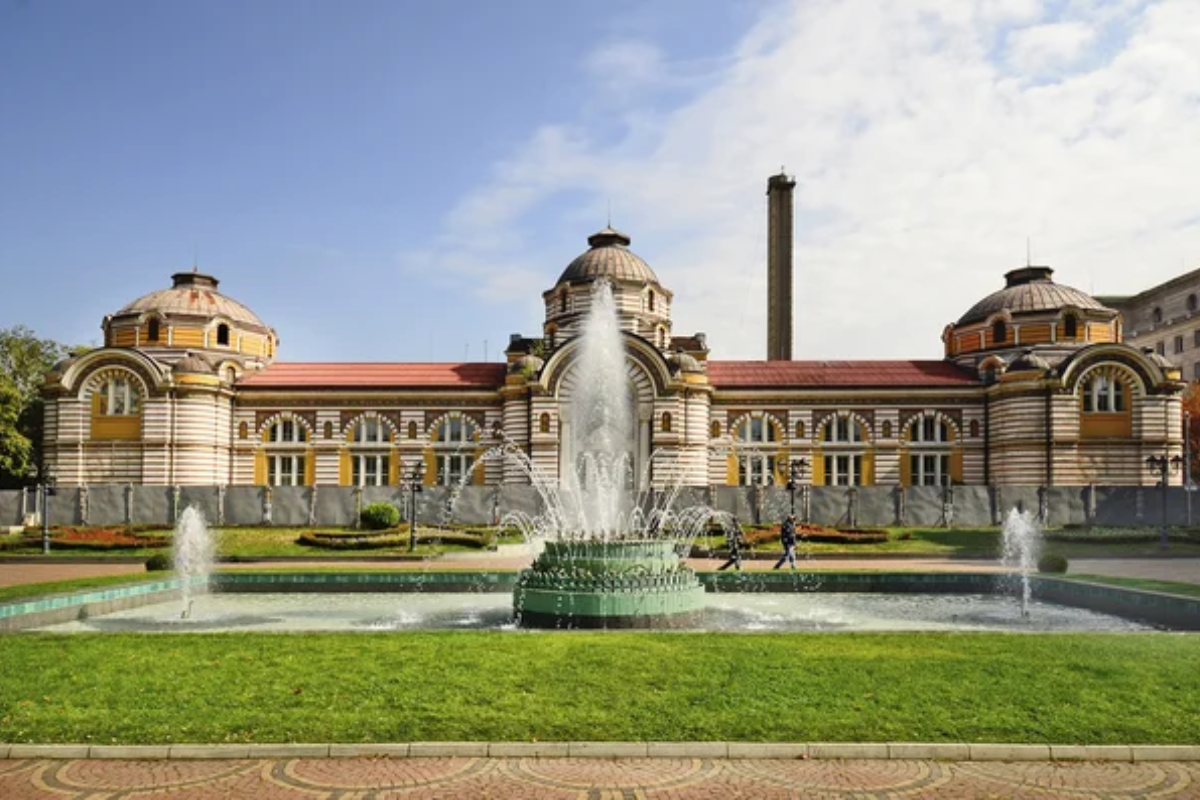
The Bulgarian capital uniquely preserves visible layers of Thracian, Roman, Byzantine, Ottoman, Soviet, and contemporary architecture within its compact center. The ancient Serdica complex—Roman ruins discovered during subway construction—now occupies an underground museum beneath busy modernist shopping areas.
The gold-domed Alexander Nevsky Cathedral stands near communist-era government buildings and glass office towers. Some of the most striking contrasts occur where Roman walls have been incorporated into modern buildings, with ancient brick arches supporting contemporary glass façades in surprising structural partnerships.
Mumbai, India
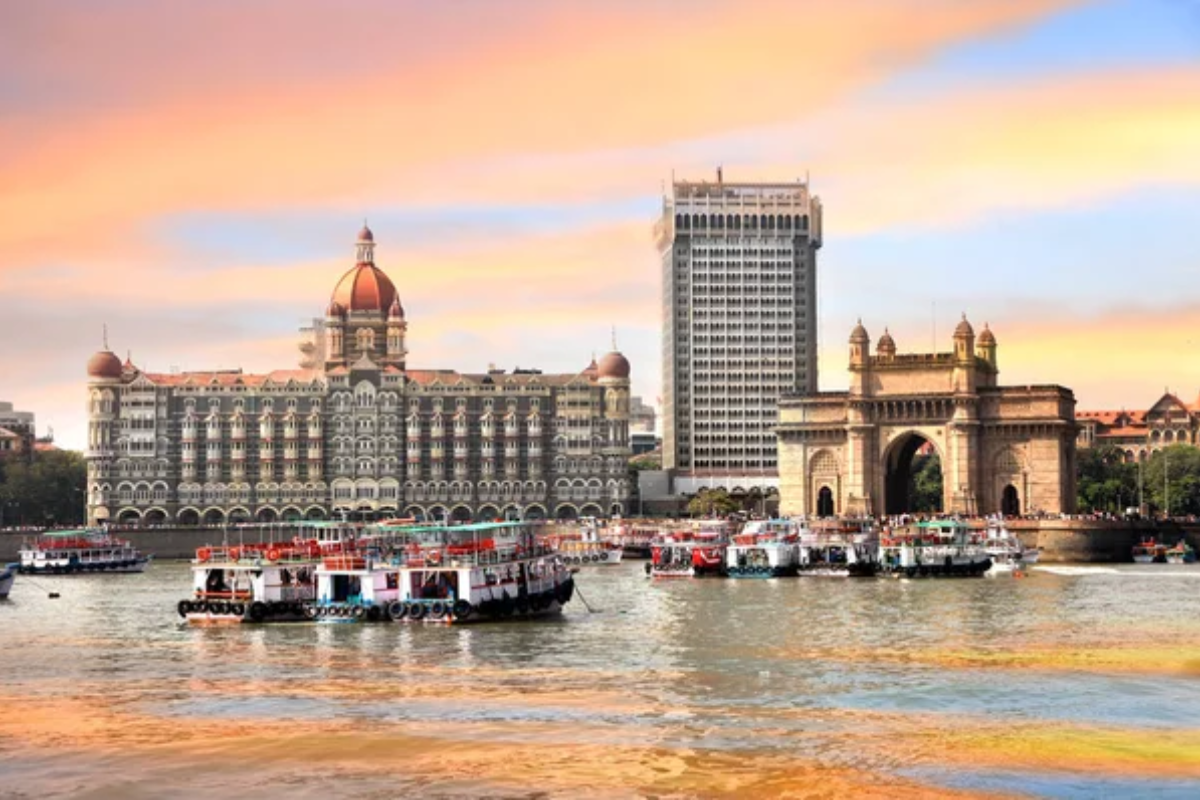
Colonial British Gothic buildings and ancient cave temples exist alongside some of Asia’s most ambitious modern architecture. The 7th-century Elephanta Caves lie just offshore from a city racing skyward with new supertall skyscrapers.
The historic Chhatrapati Shivaji Terminus—a UNESCO World Heritage site—continues serving as a working railway station amid the constantly evolving urban fabric. Mumbai embraces these contrasts through festivals and daily life that blend ancient traditions with contemporary culture, as tech workers in modern office towers step out to visit centuries-old markets and temples during lunch breaks.
Like Travel Pug’s content? Follow us on MSN.
Cairo, Egypt
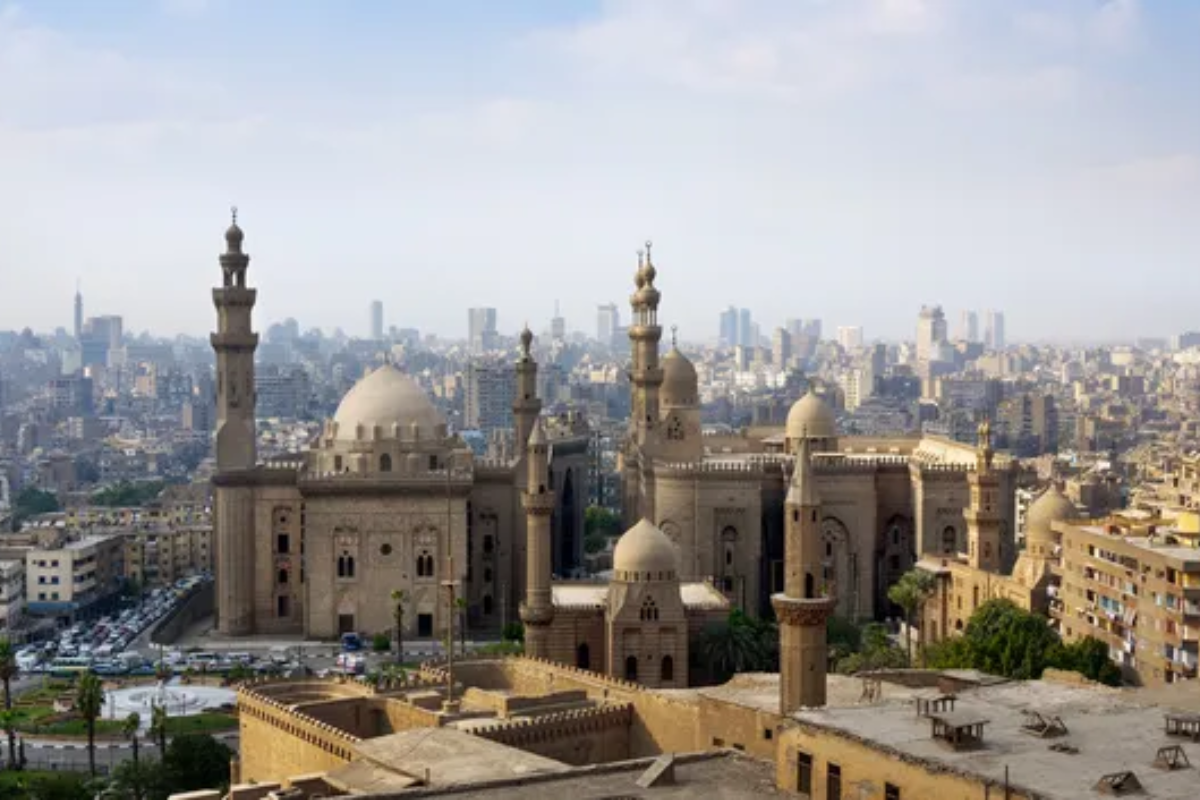
The 4,500-year-old Giza pyramids are now visible from fast food restaurants and suburban developments as Cairo’s urban sprawl approaches these ancient monuments. Downtown, medieval Islamic architecture forms the backdrop for contemporary life and commerce.
The Egyptian Museum stands near modern Tahrir Square, where recent history unfolded during the Arab Spring protests. The city’s newest districts feature gleaming shopping malls and office towers visible from temples that witnessed the birth of human civilization, creating perhaps the most extreme temporal contrast found in any urban setting.
Xi’an, China
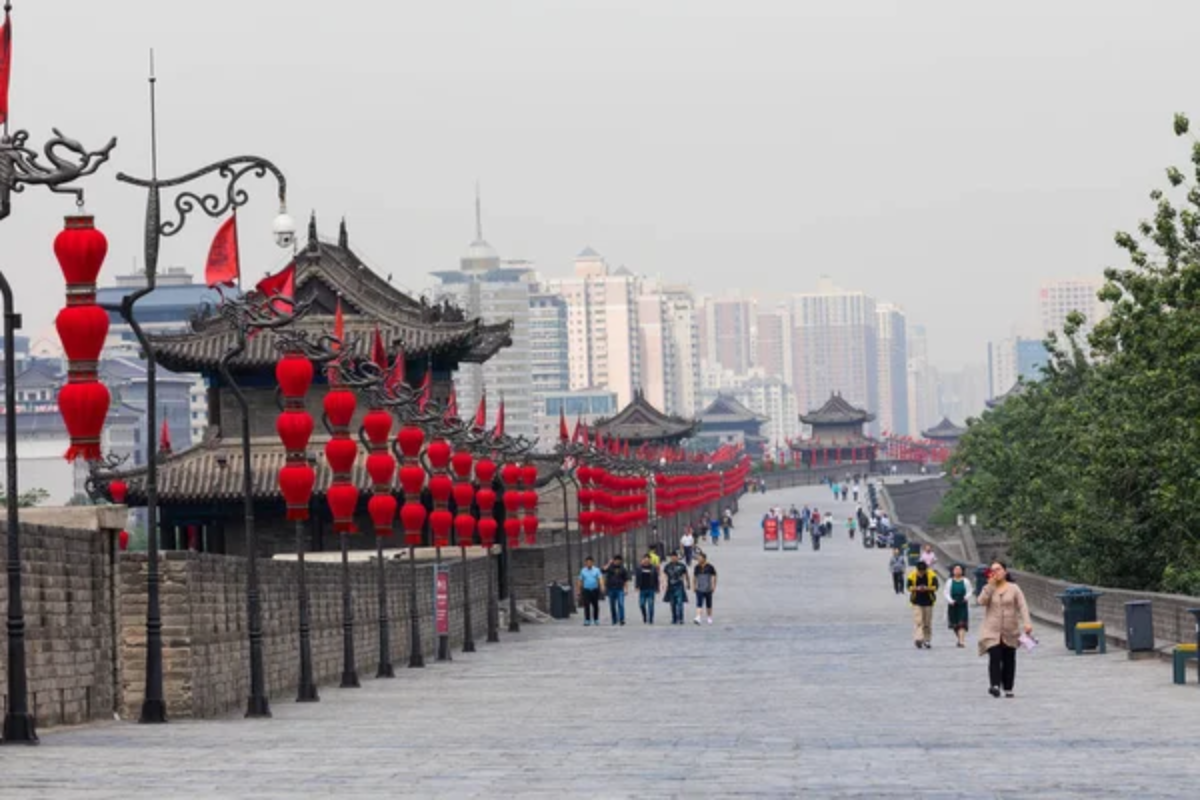
Ancient city walls enclose a thoroughly modern Chinese city where Tang Dynasty pagodas stand alongside contemporary shopping complexes. The terracotta warriors—discovered in 1974—now occupy a modern museum complex just outside the urban area. Xi’an’s Muslim Quarter preserves medieval architecture and traditional foods within walking distance of futuristic high-speed rail stations and technology parks.
The city embraces its status as the starting point of the ancient Silk Road while simultaneously positioning itself as a hub of China’s modern Belt and Road Initiative—connecting past and future through parallel trade routes.
Amman, Jordan
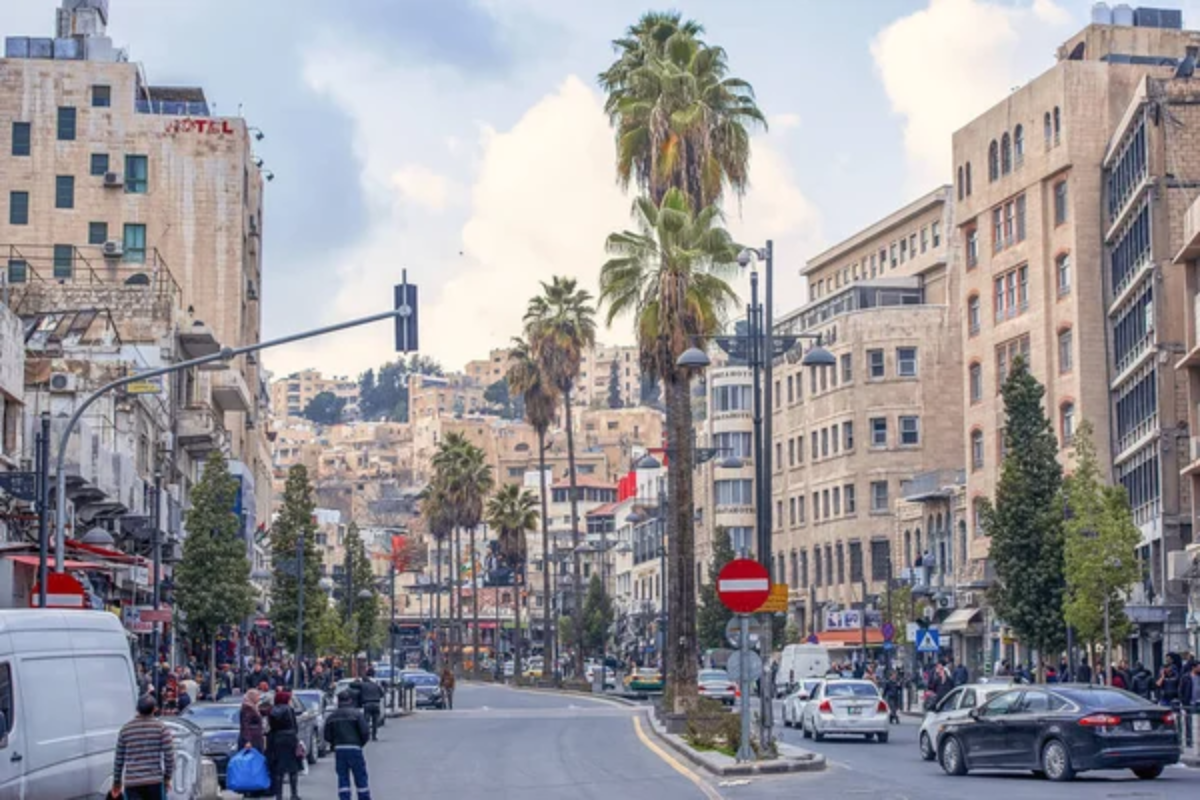
Jordan’s capital spreads across hillsides where ancient Roman theaters and Byzantine churches emerge from between modernist white stone buildings. The Citadel Hill contains ruins spanning several millennia while offering panoramic views of contemporary high-rises spreading across surrounding valleys.
Archaeological sites discovered during construction projects remain visible within new developments, creating surprising moments where ancient columns might appear in modern restaurant courtyards or hotel lobbies. The city’s building codes requiring limestone façades create visual harmony between structures separated by thousands of years.
Like Travel Pug’s content? Follow us on MSN.
Kyoto, Japan
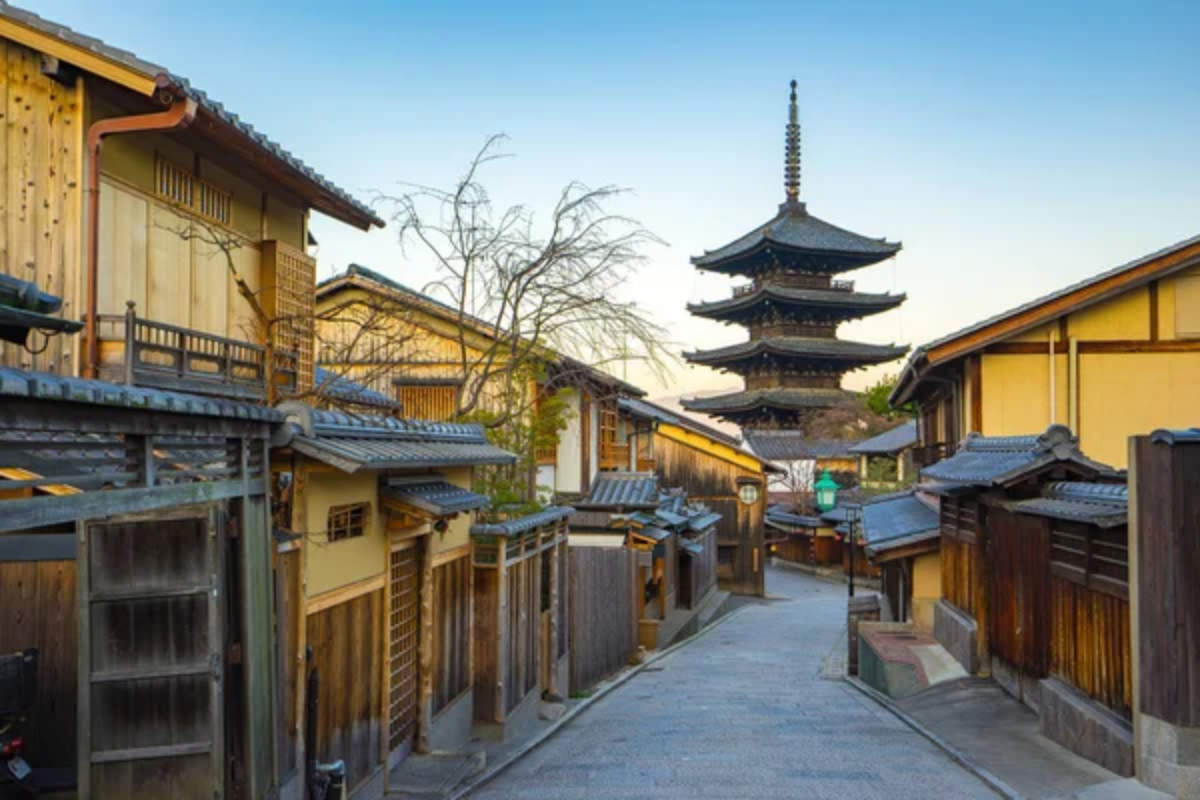
Despite its reputation for traditional architecture, Kyoto balances ancient temples with strikingly modern buildings. The 1,200-year-old street grid still organizes contemporary urban life, while the ultramodern Kyoto Station creates dramatic contrasts with nearby centuries-old sites.
Rather than mere preservation, Kyoto practices constant renewal—with ancient temples receiving regular reconstruction using traditional methods alongside completely new architectural statements. The city’s famous Gion district positions machiya wooden townhouses from the Edo period directly against contemporary concrete and glass structures in harmonious visual conversations across centuries.
Rome, Italy
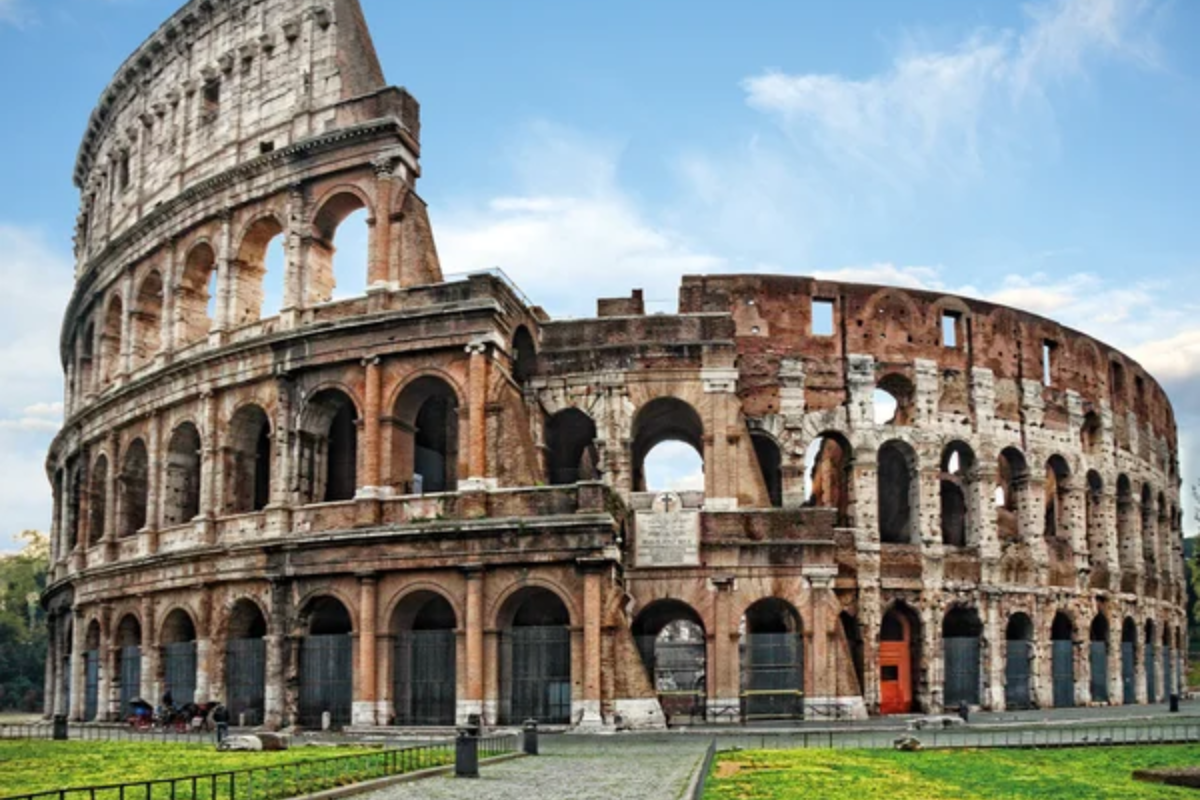
The original city of architectural layers incorporates ruins from multiple epochs into everyday modern life. The ancient Forum sits below street level beside contemporary government buildings, while Renaissance palaces have transformed into modern museums and offices.
Romans park motor scooters beside 2,000-year-old temples and conduct business meetings in converted ancient bathhouses. Rather than treating its archaeological treasures as separate attractions, Rome integrates them into functional contemporary spaces—with restaurants incorporating ancient walls and modern apartments built atop structures dating to the Republic.
Delhi, India

The Indian capital encompasses multiple historical cities alongside its contemporary metropolitan expanse. The Mughal-era Red Fort and Jama Masjid stand near the modernist government buildings of New Delhi and the gleaming metro system connecting previously separate historical settlements.
Humayun’s Tomb—which influenced the Taj Mahal’s design—now sits amid busy contemporary neighborhoods. The Qutub Minar complex features a 12th-century tower and mosque incorporated into a public park surrounded by modern development, creating casual interactions between ancient monuments and contemporary life.
Like Travel Pug’s content? Follow us on MSN.
Jerusalem, Israel
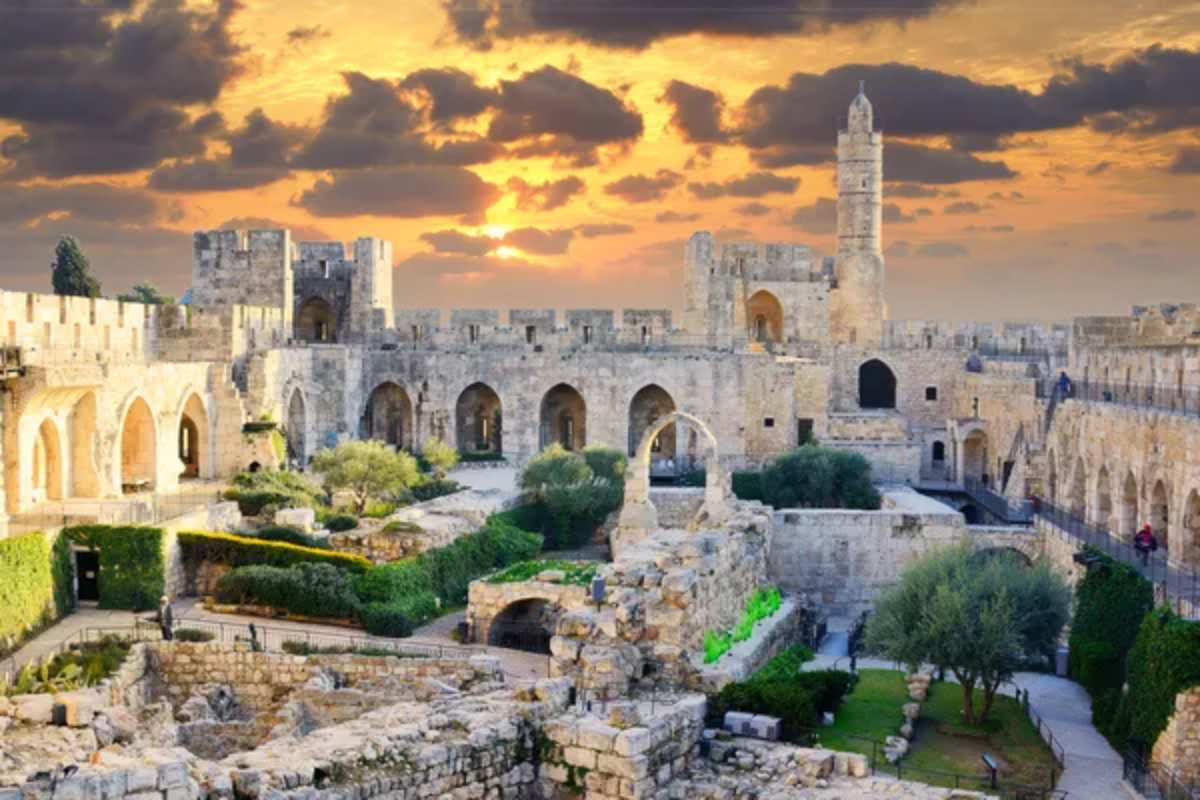
Few cities pack more historical layers into a smaller area than Jerusalem’s Old City, where structures from Biblical times through the present occupy adjacent spaces. The Western Wall of the ancient Jewish Temple stands near Byzantine churches, Islamic shrines, and modern military installations.
Just outside the ancient walls, contemporary light rail lines and glass office towers create stark contrasts with structures dating back thousands of years. Jerusalem’s ongoing archaeological excavations frequently reveal additional ancient layers beneath areas previously considered thoroughly documented, continually deepening understanding of the city’s remarkable temporal density.
Merging Past and Future

These urban environments remind us that cities represent humanity’s most enduring creations—constantly evolving while preserving connections to their origins. The visual dialogue between ancient ruins and modern skyscrapers offers more than aesthetic contrast; it provides tangible evidence of human innovation across millennia.
As more cities embrace their archaeological heritage while continuing architectural evolution, these juxtapositions become not just tourist attractions but functional urban spaces where history actively informs contemporary development.
More from Travel Pug

- 20 Destinations That Were Once Thriving but Are Now Quietly Disappearing
- 13 Destinations Where Tourists Regularly Regret Their Trip
- 20 Once-Popular Beach Towns That Are Now Ghostly Empty
- 10 Under-the-Radar Mountain Towns That Are Both Affordable and Beautiful
- Take a ‘Learning Vacation’ in These 20 Extraordinary Places
Like Travel Pug’s content? Follow us on MSN.
